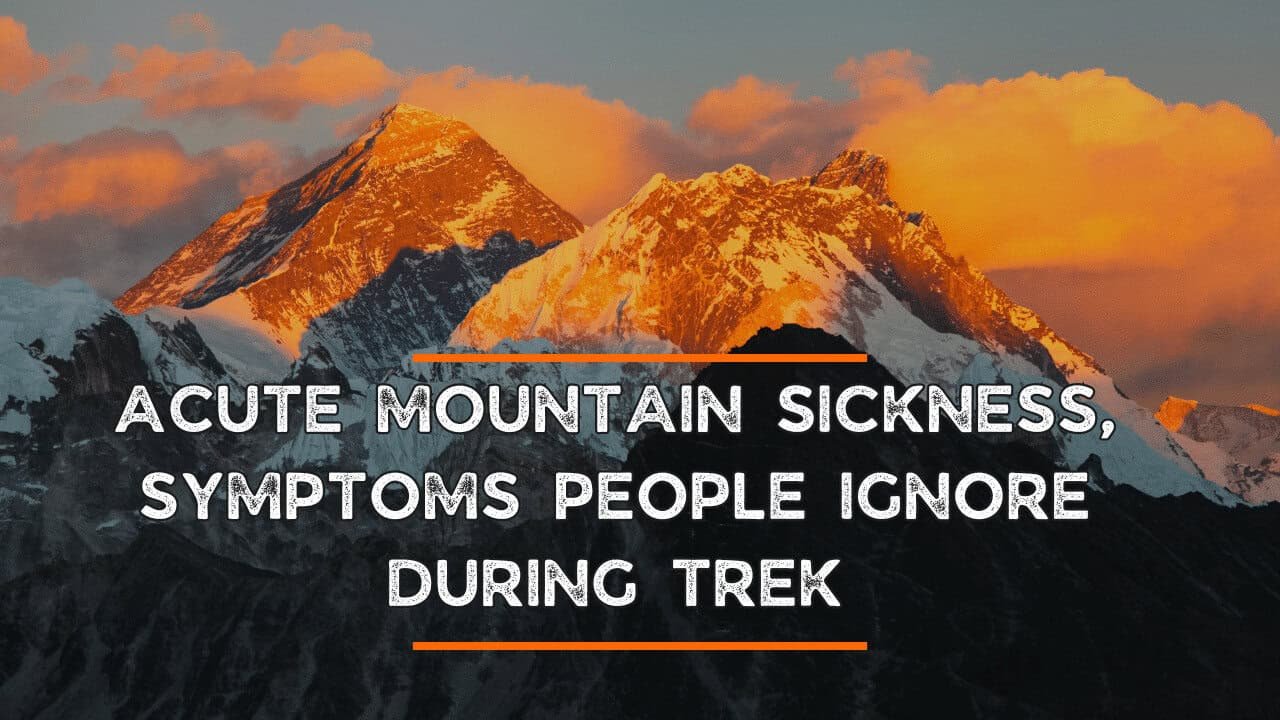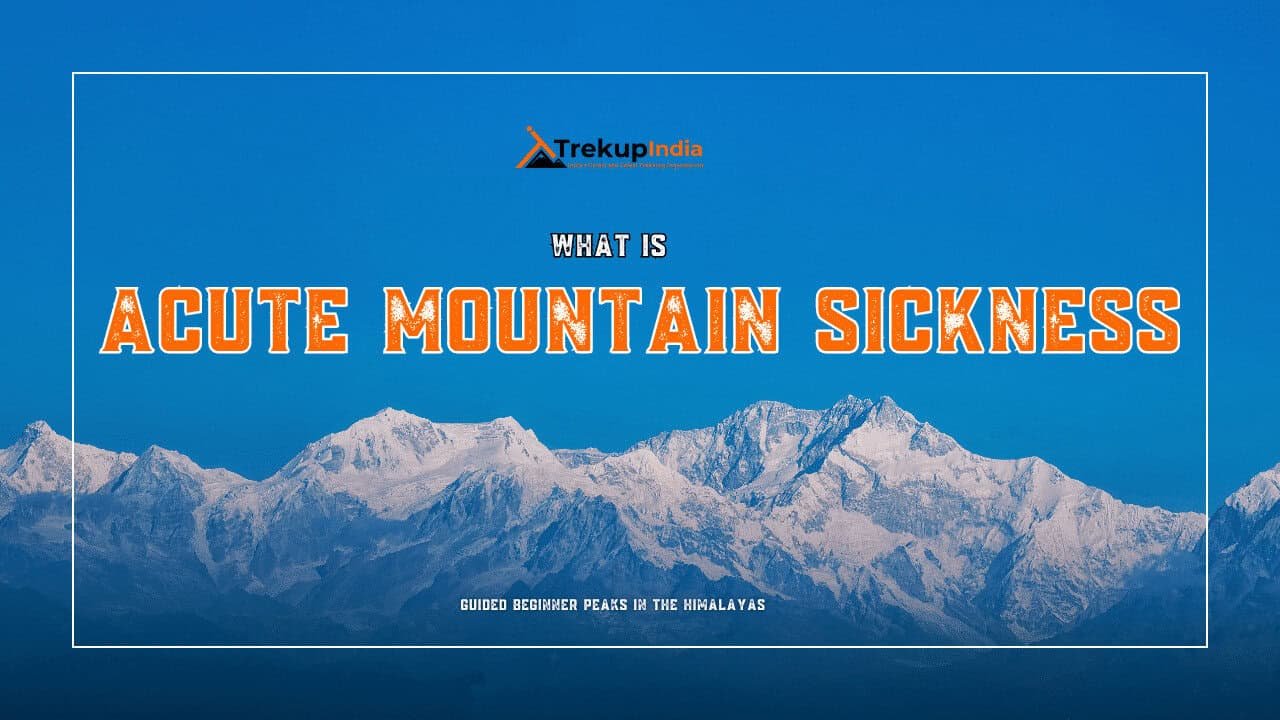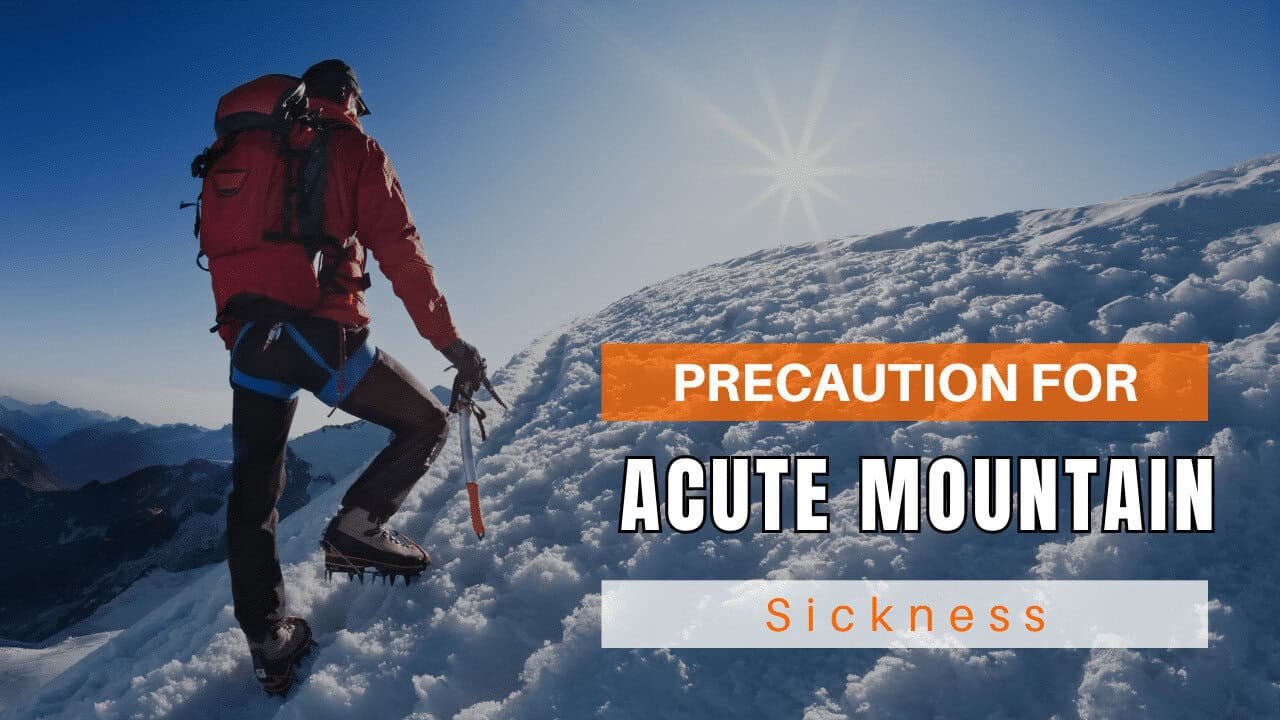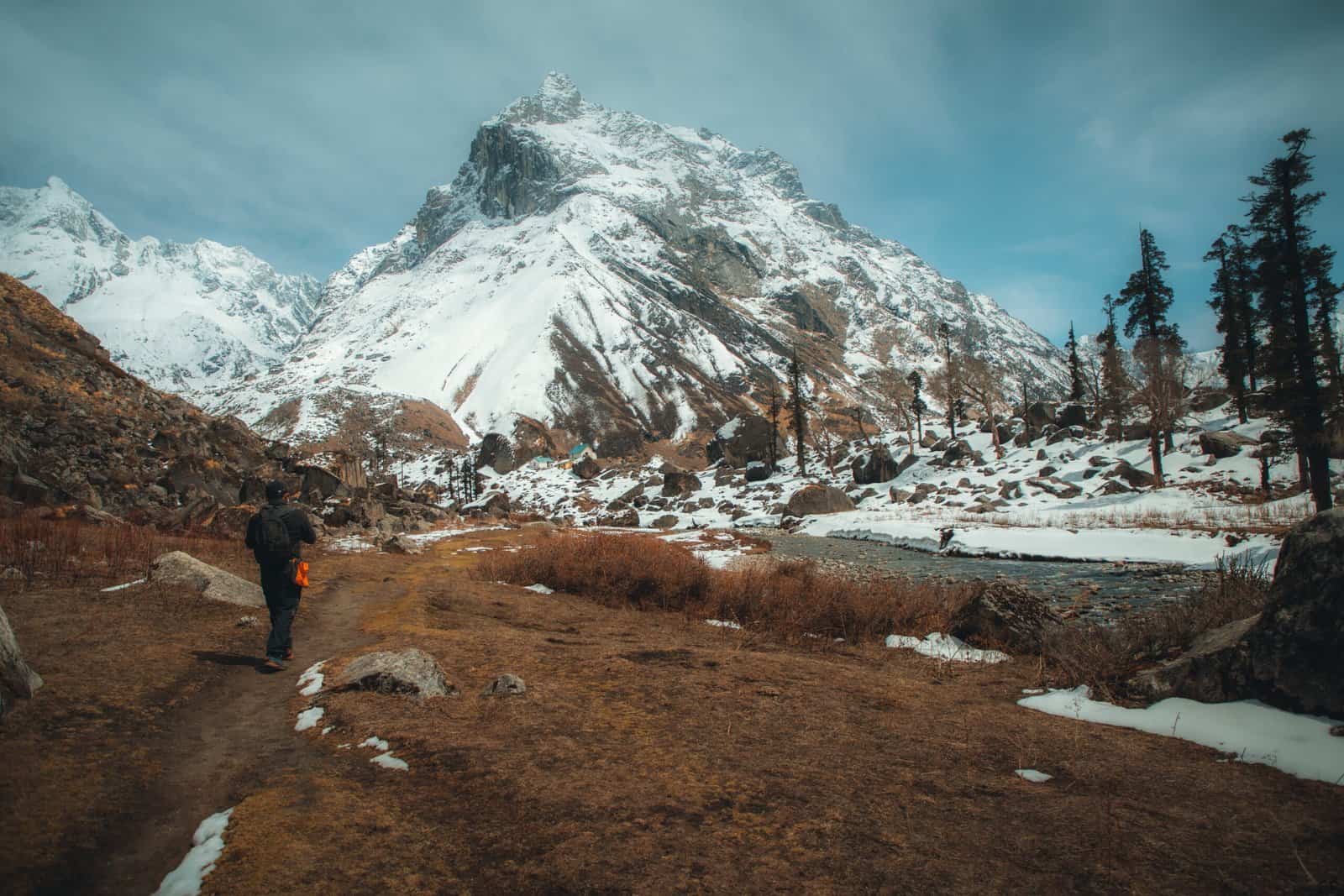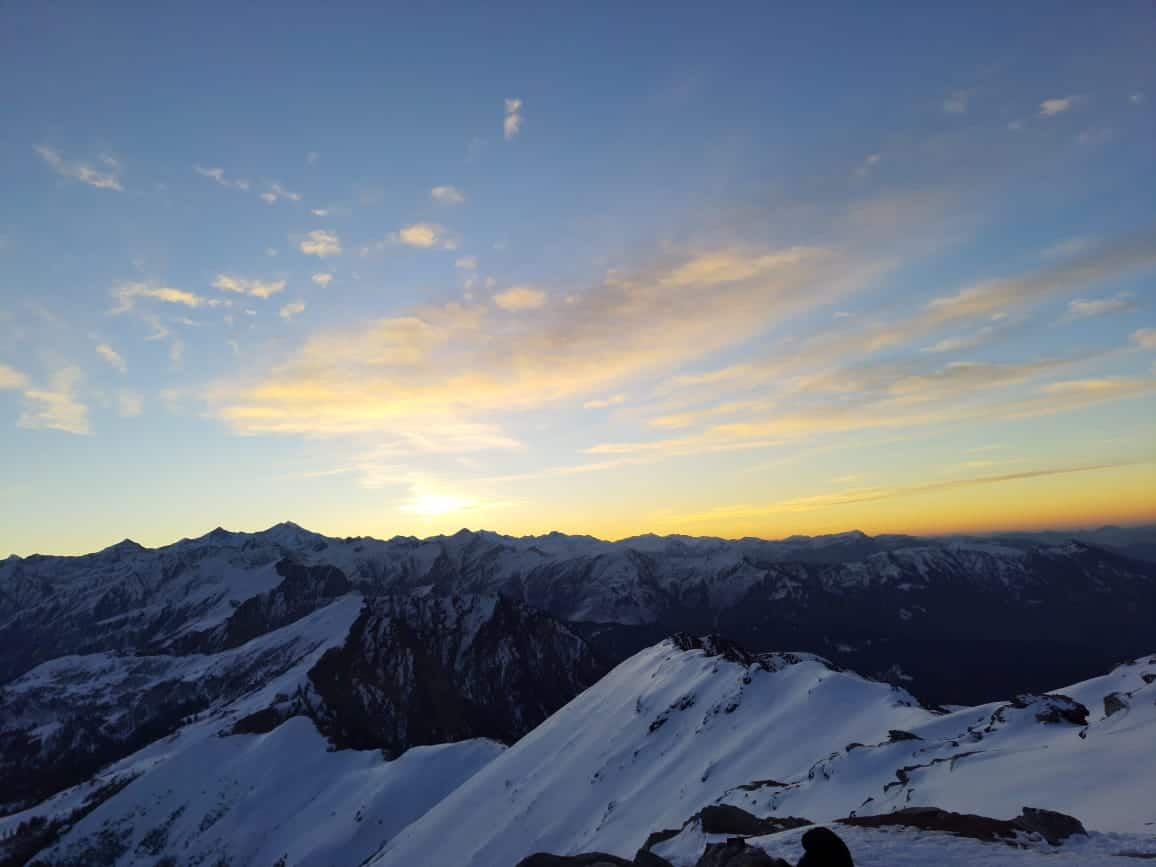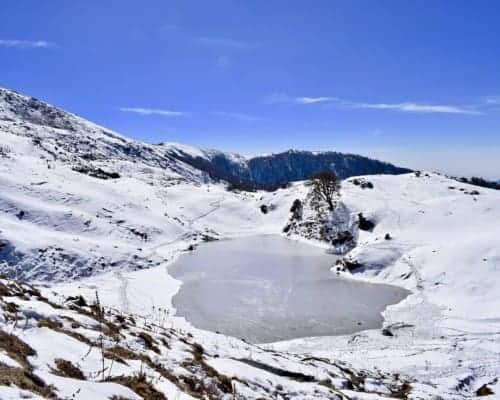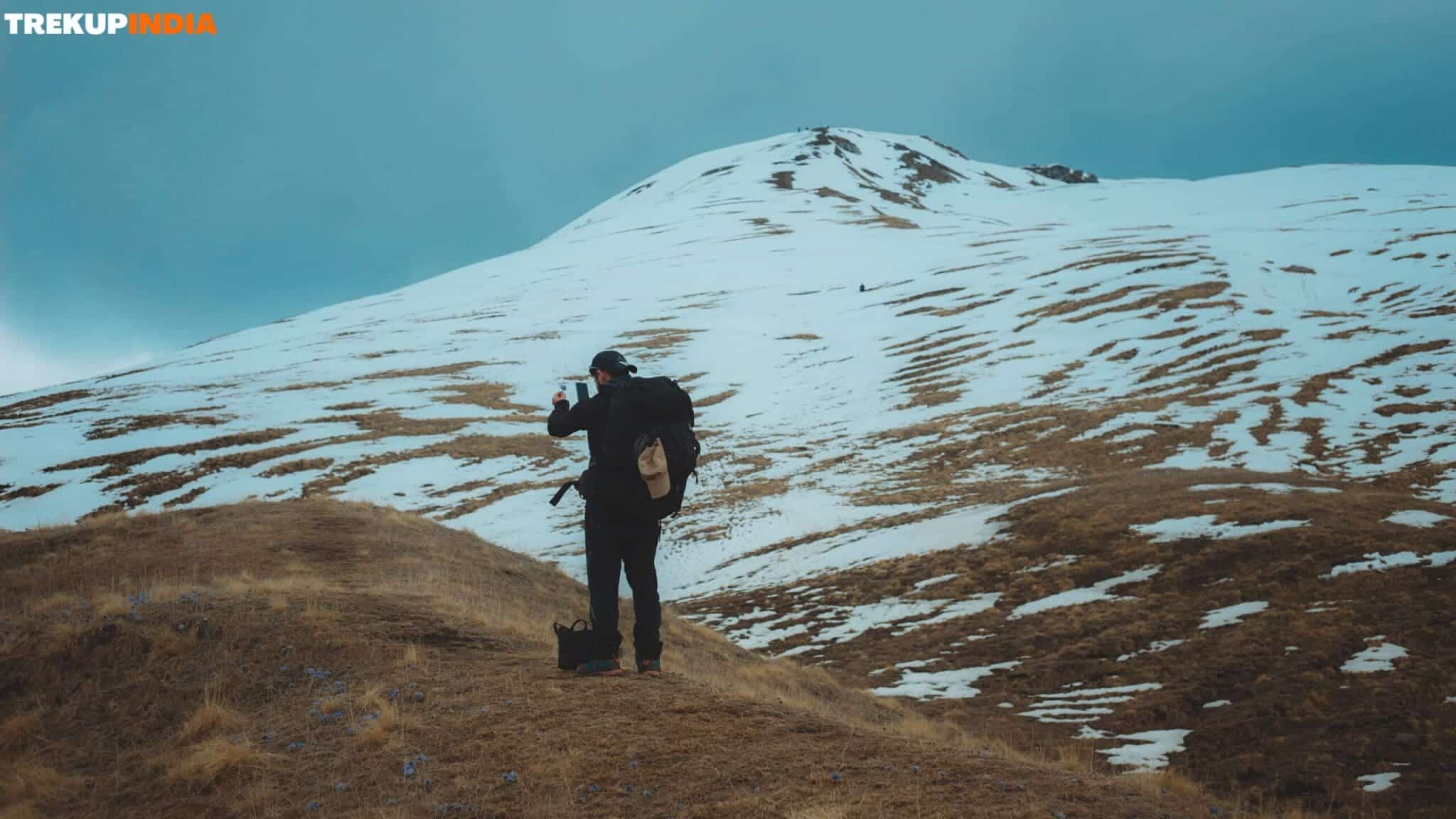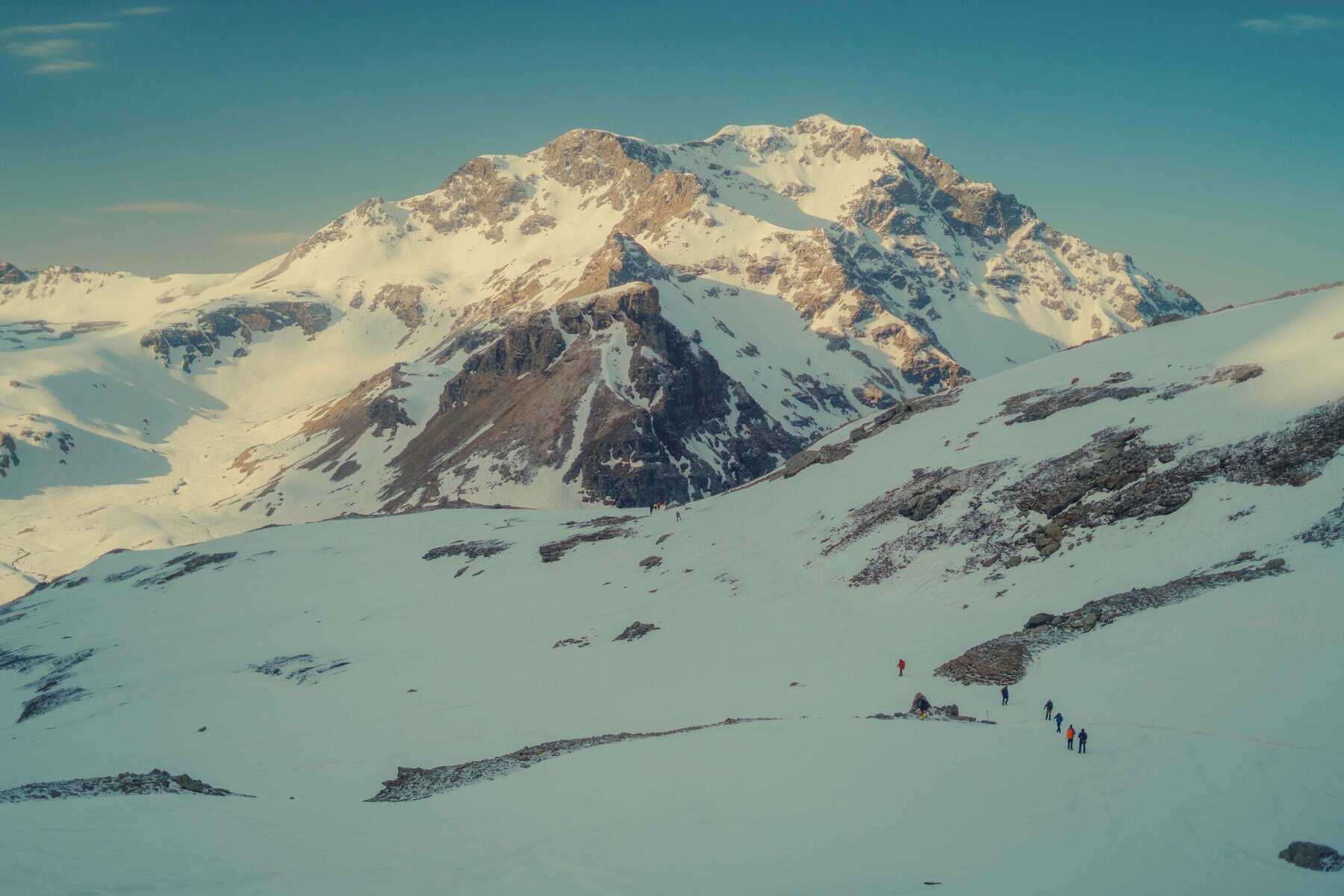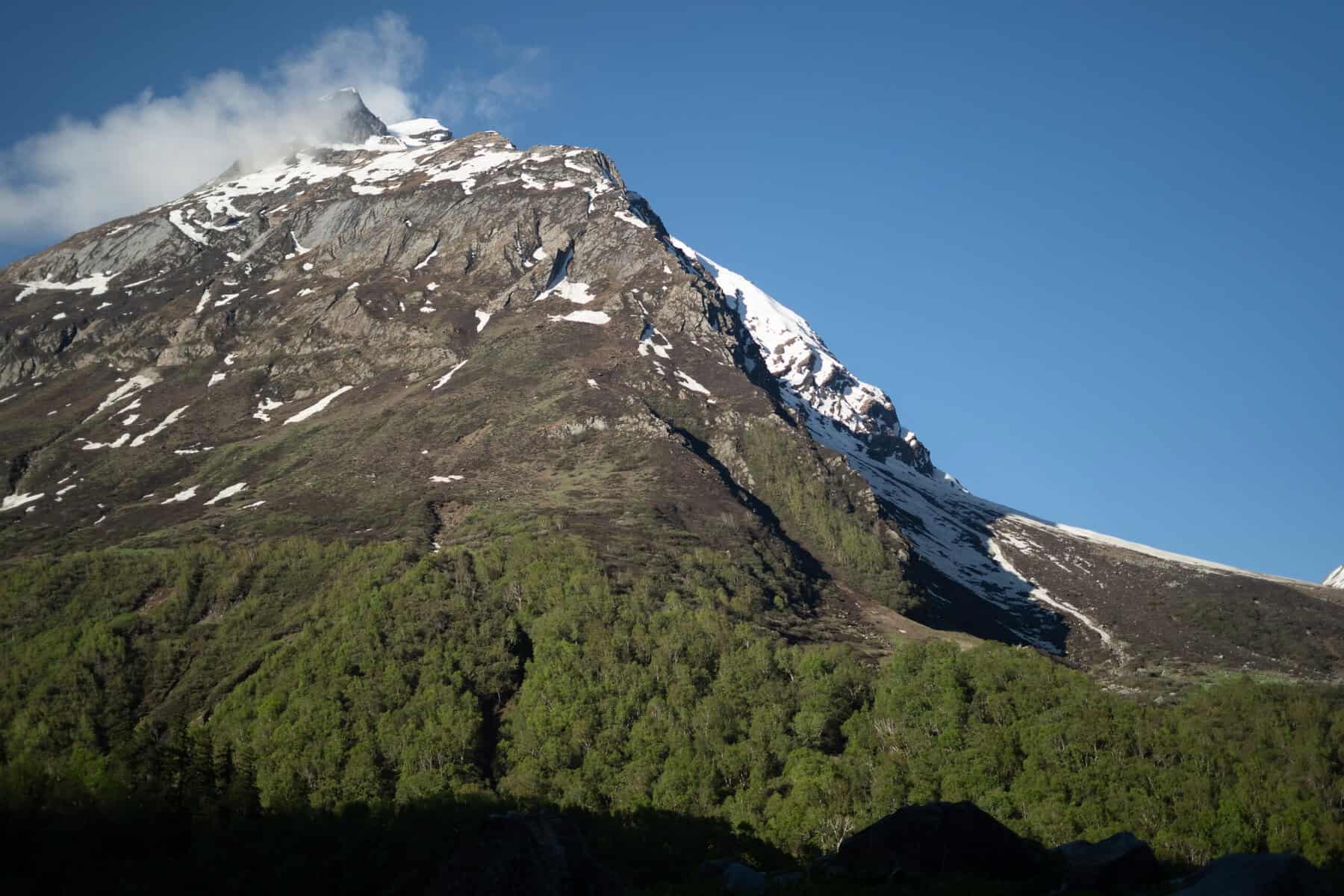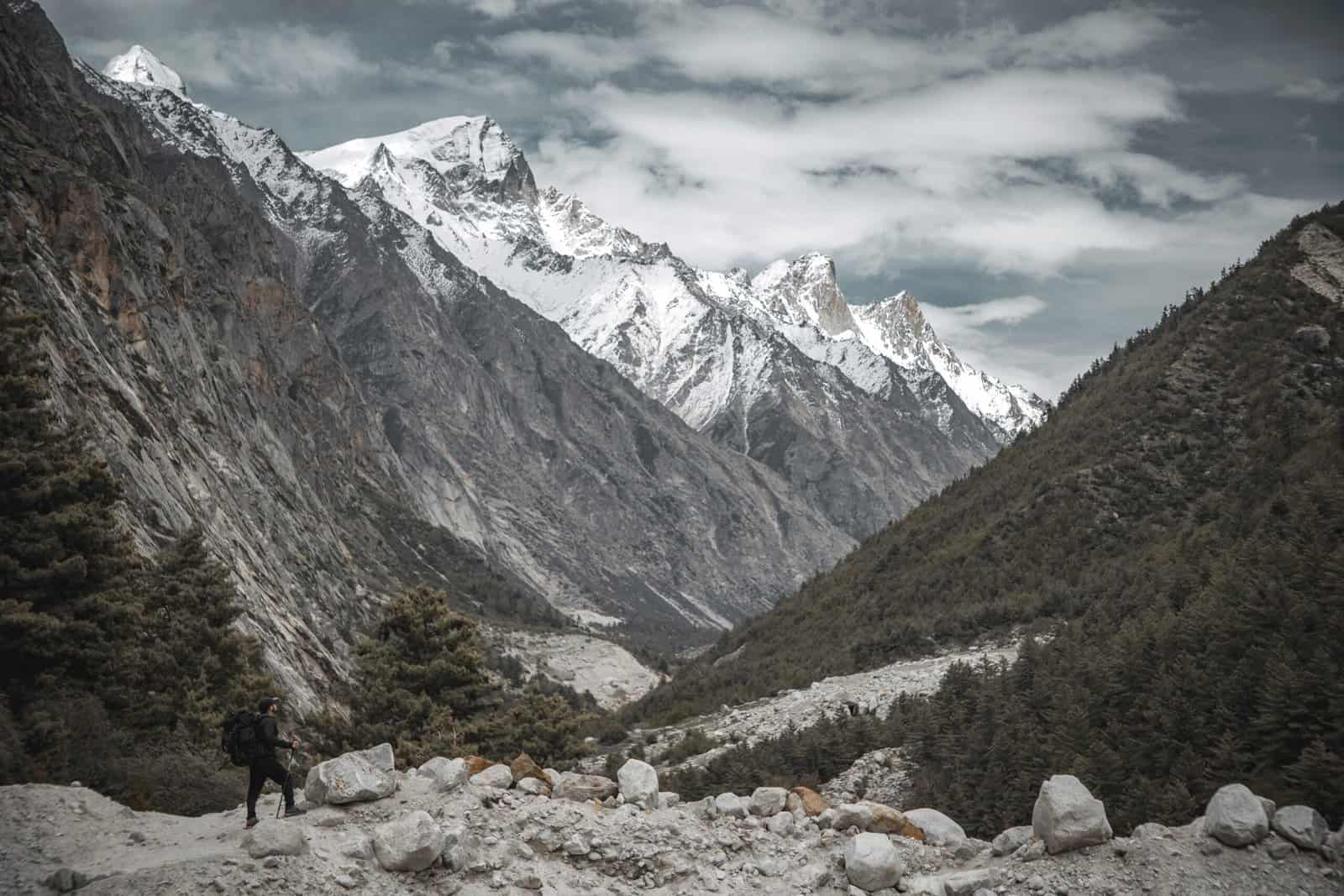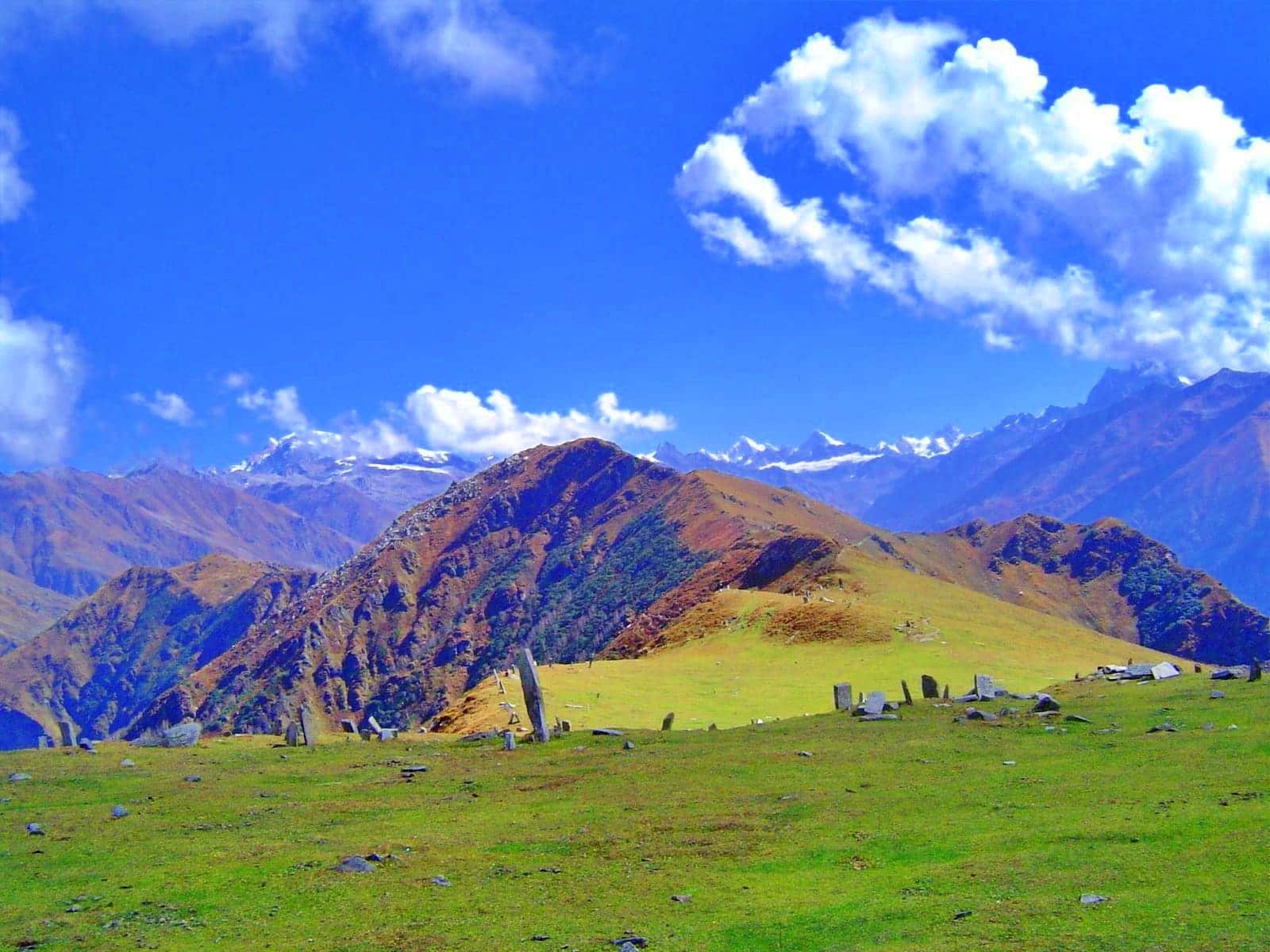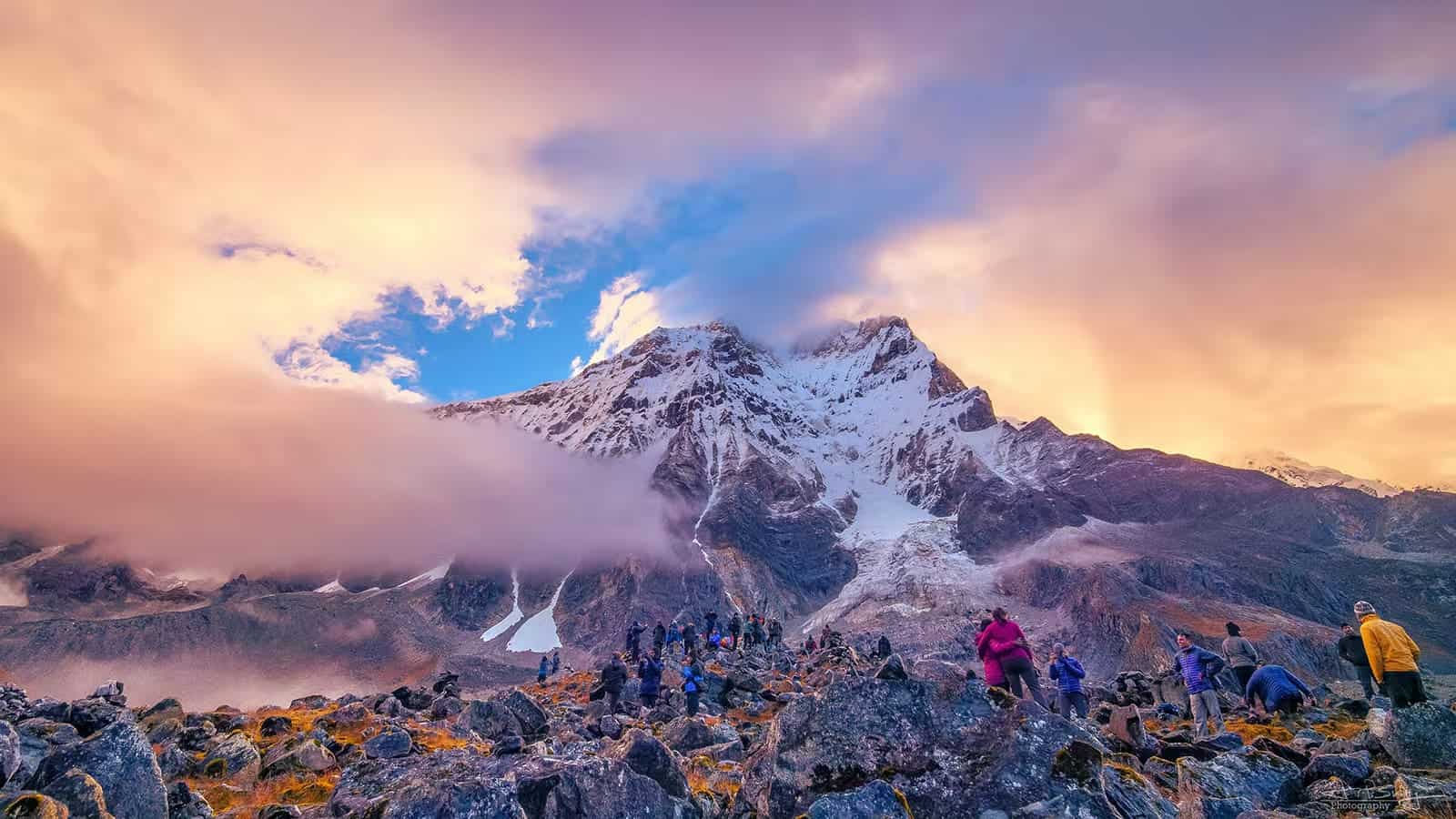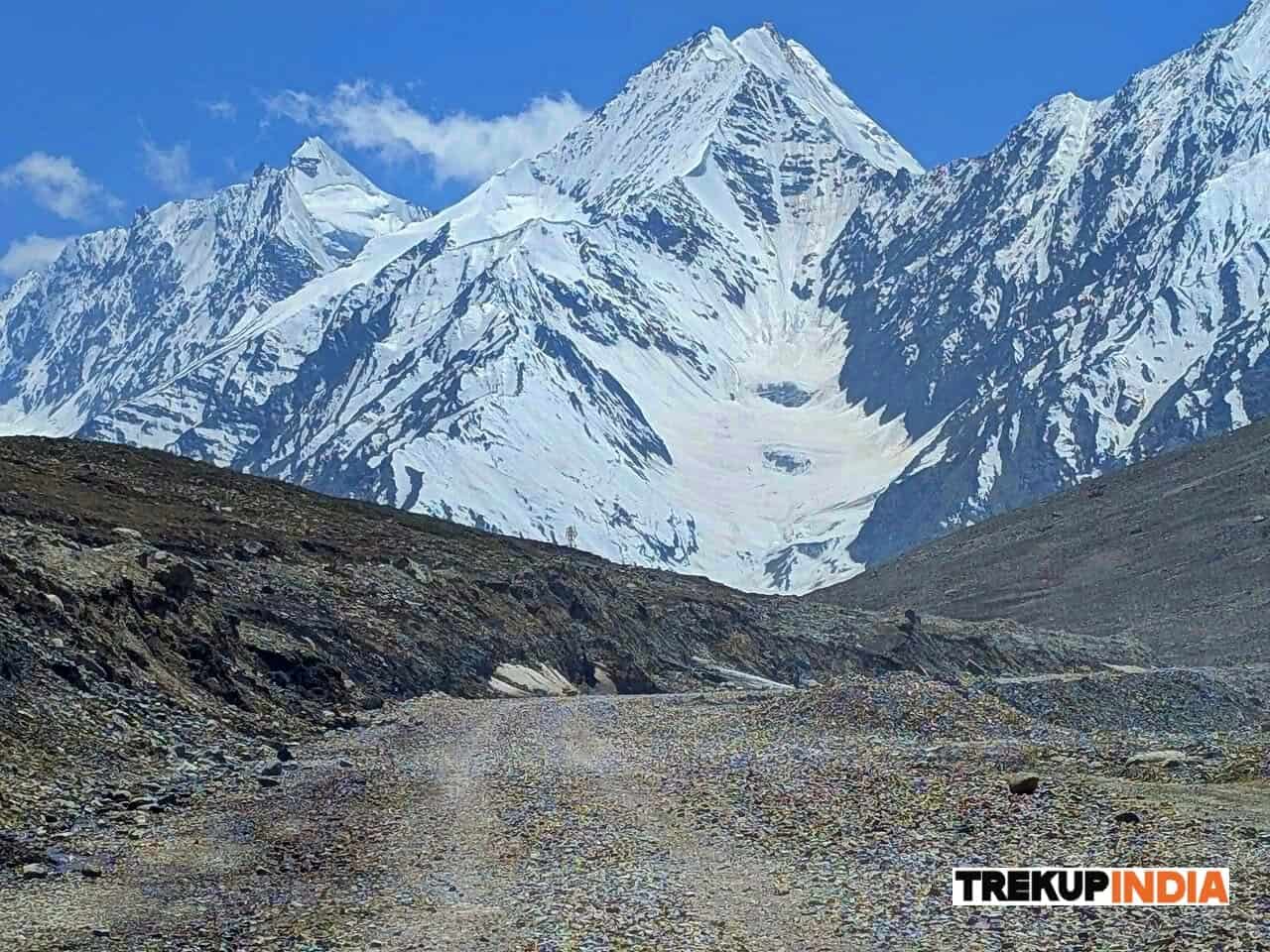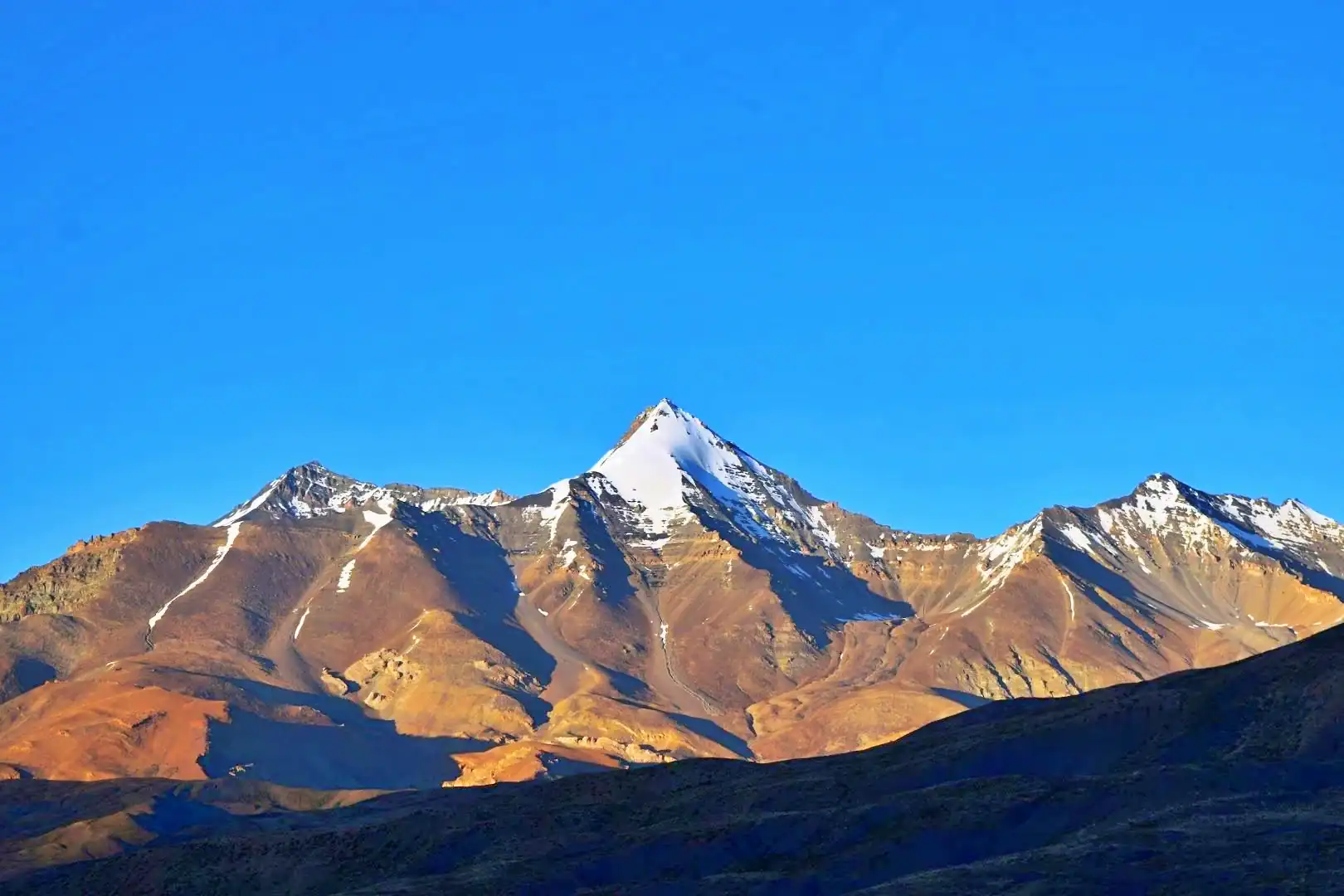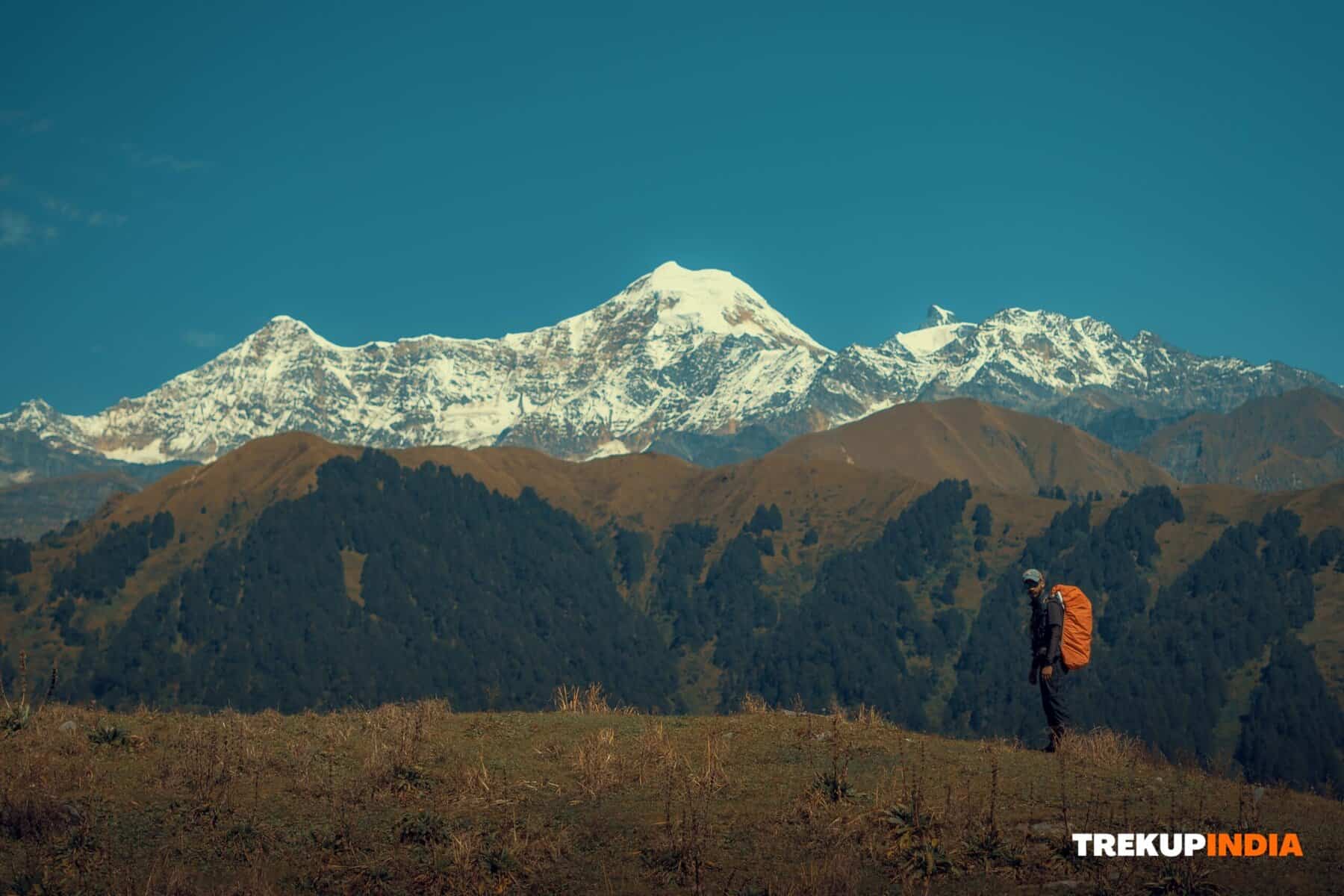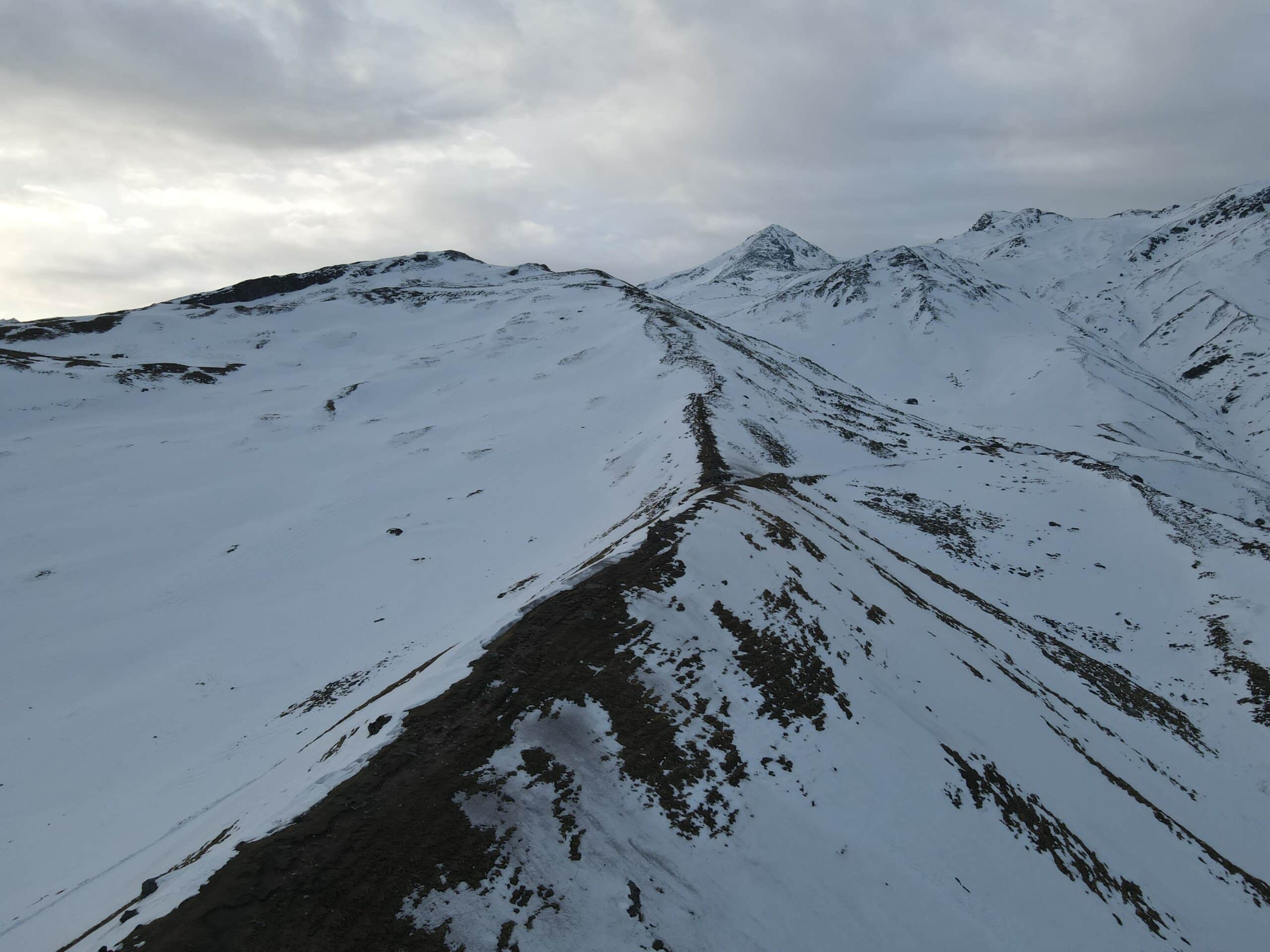Diamox Altitude Sickness: What You Need to Know
If you are contemplating trekking at high altitude in India. Be it in the Leh-Ladakh region, Roopkund, or Annapurna Circuit altitude sickness should always be taken seriously and early treatment strategies such as Diamox (Acetazolamide) are highly recommended; although its use has many misconceptions. Unfortunately, however, sometimes medications like Diamox (Acetazolamide) are associated with misconceptions, misinformation, and misuse.
Trekup India believes in creating knowledgeable trekkers. Here is everything you should know about Diamox that has been gained over decades of trekking experience, even on one of India’s toughest trails.
What Is Diamox (Acetazolamide) Used For?
Diamox (Acetazolamide) is an antidiuretic and carbonic anhydrase inhibitor designed to ease acute mountain sickness (AMS). By increasing breathing rates and helping the body absorb more oxygen quickly, Diamox quickly helps acclimatize more rapidly, as well as maintaining balanced blood pH levels – acting not as a painkiller nor a cure, but more as a preventative tool.
When should Diamox Be Taken?
According to Trekup’s medical and trek leader, Diamox can be most useful when:
Rapid ascent to 2,500 to 3,000 metres is particularly alarming when previously suffering from this ailment.
Start taking this supplement 24-48 hours before setting out, and continue it for several days after reaching high altitude.
The trek route offers several days for acclimatization before ascending steeply over several days (similar to Kedarkantha or Pangarchulla treks).
Dosage Recommendations (as per standard recommendations):
A daily dosage of 125 mg taken twice each day should typically suffice in preventing an episode of OCD.
Note: Always seek medical advice prior to self-medicating with Diamox. Do not try self-medication without consulting your physician first.
Common Misconceptions About Diamox
- Realistically, Diamox will not cure all-out AMS instantly; rather, it acts as a preventive measure. Should any severe symptoms such as difficulty in breathing, chest tightness, or breathing difficulties appear, then immediate withdrawal should take place.
- “Everyone on a trek should use it.”
Realities: No need – provided your trip involves appropriate adaptations and you are healthy and experienced enough. For optimal performance, it should only be worn by those who are highly vulnerable or at-risk.
- “I can take medication only when symptoms appear.”
Reality: For optimal effectiveness, take medication before the symptoms arise – taking too soon could reduce its efficacy and delay getting better.
Side Effects to Keep an Eye Out For
As with all medications, Diamox may cause minor to moderate adverse reactions that require Trekup India trekkers to be wary of:
- Frequent urine flow (which acts as a diuretic)
- Tingling sensation in feet, fingers, or lips.
Taste Change: This applies specifically in the case of carbonated drinks.
Dizziness or mild nausea – wear sun protection!
Allergies (particularly to medications containing sulfa-based ingredients)
Expert advice: Before travelling, test out any medications at home for about one week prior to leaving for your trip in order to see how your body reacts.
Advice on Diamox For People at Risk
- Prevention is always better than cure; if you are at risk for developing Acute Myalgic Encephalopathy (AMS), taking this medication to protect against it might help save time and energy later on.
- Do not depend solely on medications; gentle ascents, hydration, and rest can all help acclimatize.
- Keep a backup altitude management program available; in addition to Diamox and Pulse Oximeter, consider Pulse Oximeter, ORS packets, and Trekup India’s high altitude protocols guide as necessary.
- Notify the trek leader if you are taking any medication such as Diamox.
When to Avoid Diamox
- Diamox should not be taken if you are allergic to substances containing sulfa.
- If you are experiencing issues with either of your liver or kidneys, seek medical assistance immediately.
- If you are breastfeeding or pregnant.
- If you suffer from severe dehydration or your sodium and potassium levels are low.
Conclusion
Diamox can be an invaluable weapon against Acute Mountain Sickness when used correctly and responsibly. Trekup India has witnessed its use to help trekkers overcome high-altitude trails more comfortably. Still, we have also seen its potential misuse or overreliance resulting in adverse outcomes for trekkers.
Be mindful that Diamox should not be used as an alternative to proper acclimatization and fitness training, fluid intake, or thoughtful planning on route. Diamox should only be taken for support measures–particularly those who may experience issues at altitude or are traveling along an accelerated ascent path.
Before incorporating Diamox into your trekking regimen, consult a health expert to understand your body’s reaction and confirm with your trek leader. When used appropriately, this medication can provide extra peace and safety on the mountain.
About Author

Nanda Rawat (Operation Manager)
Nanda Rawat holds a Master’s degree in Tourism and Hospitality and is a seasoned professional specializing in Adventure and Leisure Travel. As a travel specialist and consultant, his core mission has always been to deliver exceptional service by sharing the full breadth of his experience, ensuring client satisfaction on a global scale.
With over 16 years of experience, Nanda has worked with three well-established tourism companies, gaining deep insight into both inbound and domestic travel operations. He has contributed directly and indirectly to the Adventure Tour Operators Association of India (ATOAI) and has participated in multiple Immediate First Aid Training programs at the Indian Mountaineering Foundation (IMF).
In addition to his fieldwork, Nanda has shared his expertise through guest lectures in tourism and hospitality at various universities. He has independently led numerous expeditions across the Indian Himalayas and was actively involved in the rescue operations during the 2010 Ladakh flash floods.
In recognition of his outstanding coordination skills, he was honored with the Best Travel Coordinator Award by Joy James Educational Trust in 2012. A strong advocate of ethics, sustainability, and eco-tourism, Nanda takes great pride in being an integral part of Trekup India.
Write to him at: nanda@trekupindia.com
Share this article
Dates For Upcoming Treks
Want To Trek Like Pro?
Basically, watch these videos if you want to trek the same way professional trekkers do and make your skills better. These videos contain useful tips and techniques to further improve your trekking skills itself. These videos actually help both new and experienced trekkers improve their trekking skills. These videos definitely provide useful tips that make your trek better. We are seeing that these videos by Trekup India experts will only help you make your trekking skills better.
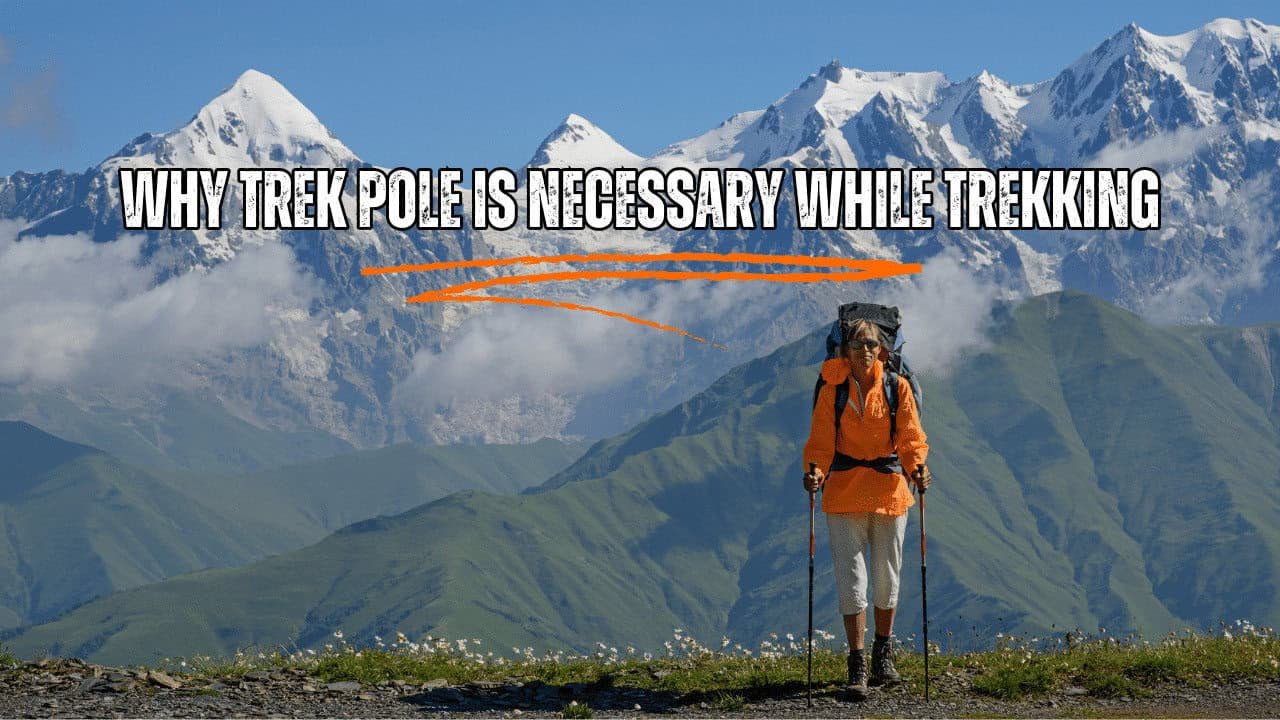
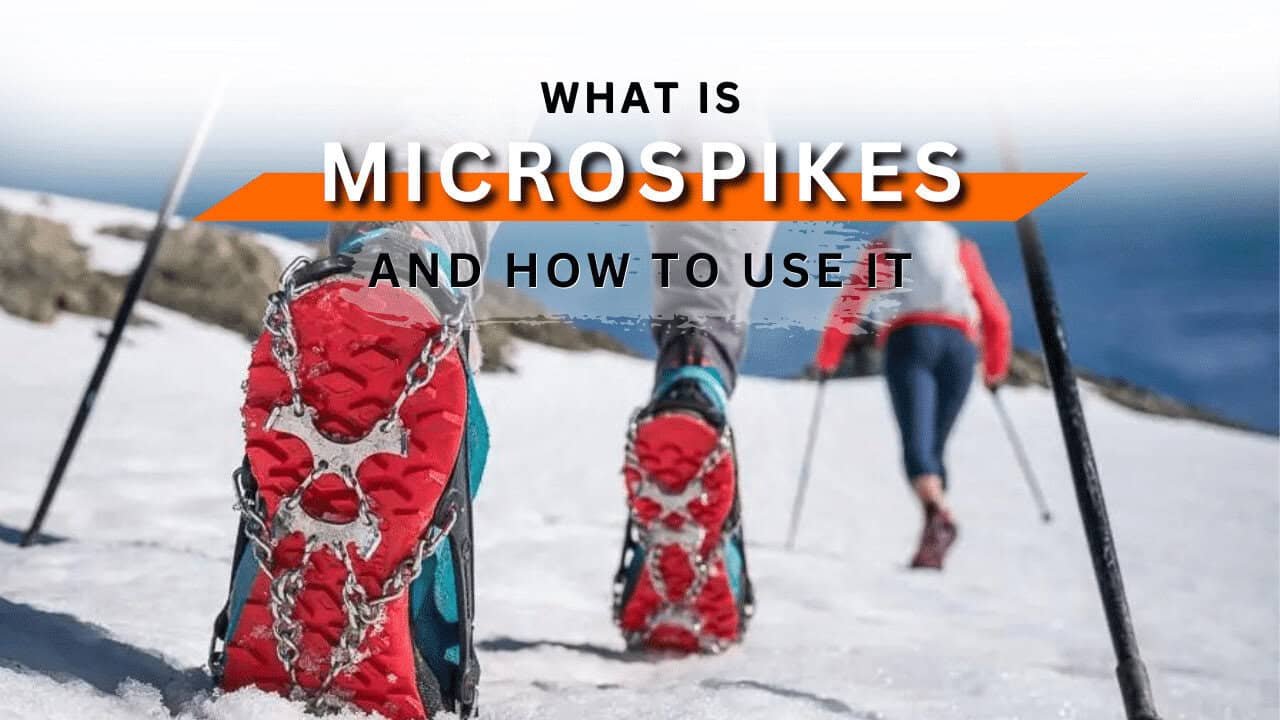

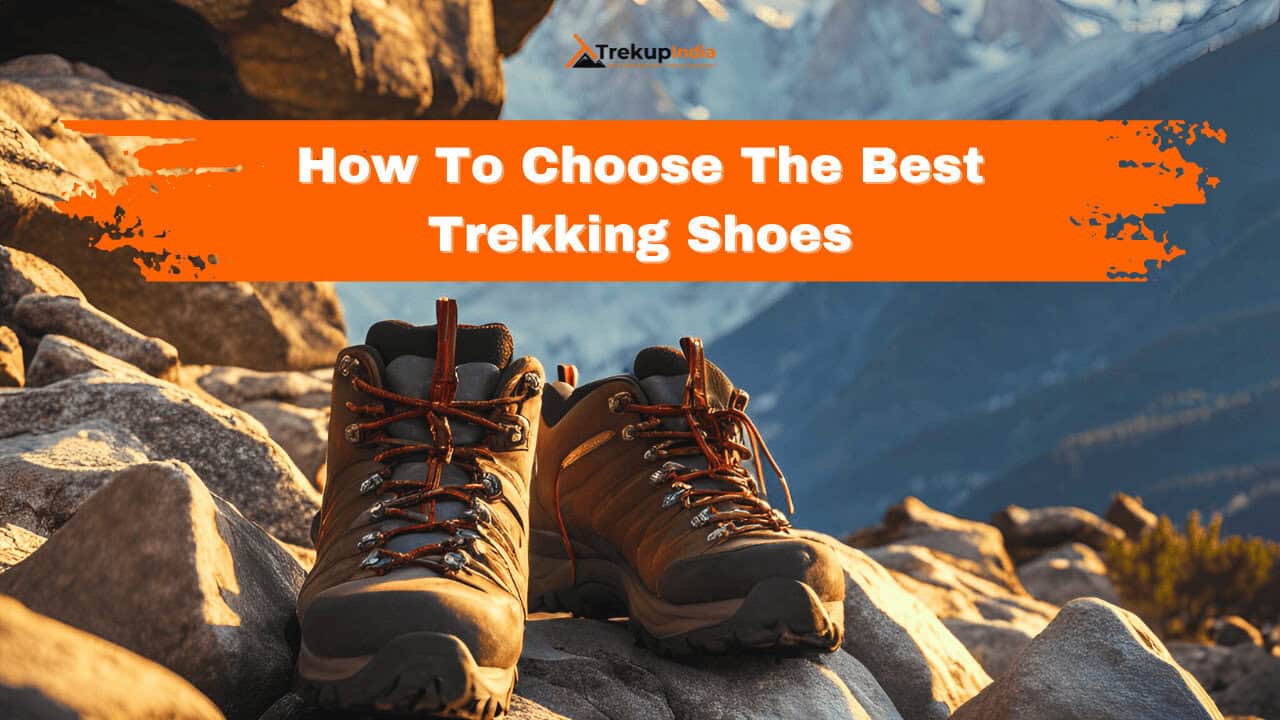

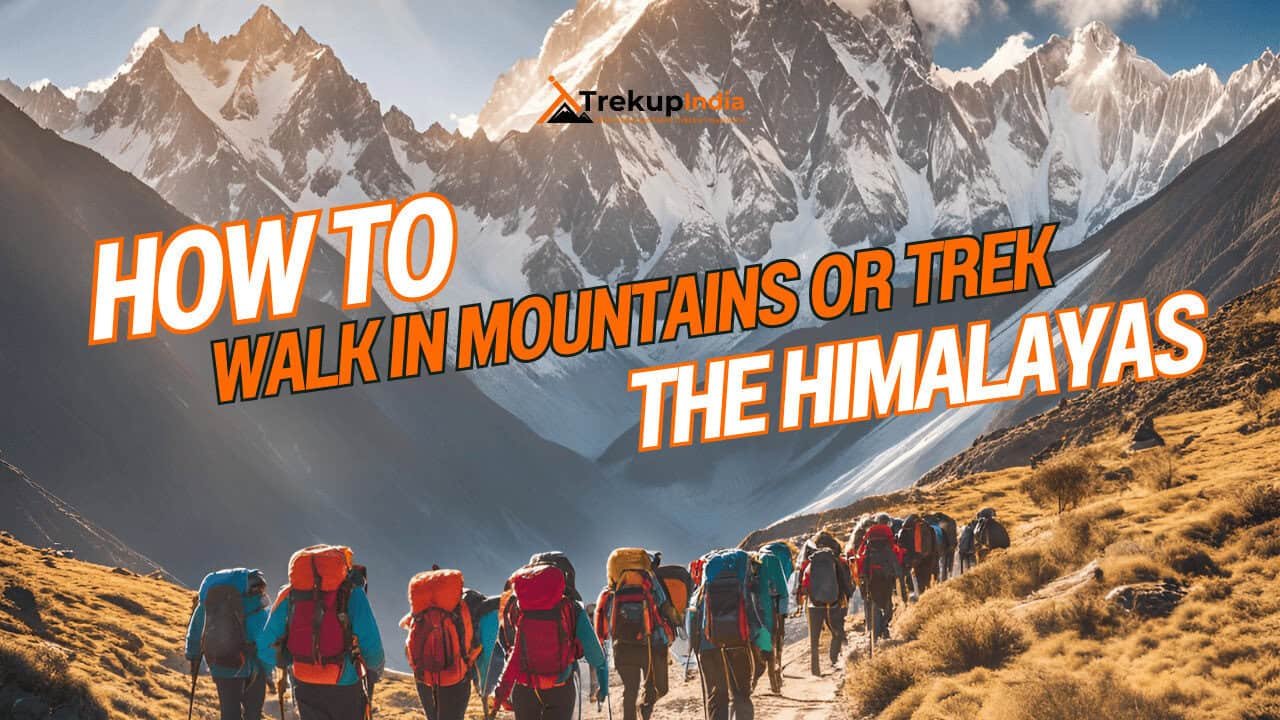

Know Everything About Acute Mountain Sickness
Acute Mountain Sickness occurs when people trek to high altitudes above 8,000 feet. This condition itself develops further due to reduced oxygen levels at such heights. Basically, as you go higher up, the air pressure and oxygen levels decrease, which causes the same problem. Acute Mountain Sickness surely causes headache, nausea, vomiting, and dizziness in affected persons. Moreover, peoples also experience difficulty in sleeping during this condition. To avoid mountain sickness, you should actually trek up slowly to higher altitudes. To learn further about this condition itself, watch the videos by Trekup India.
